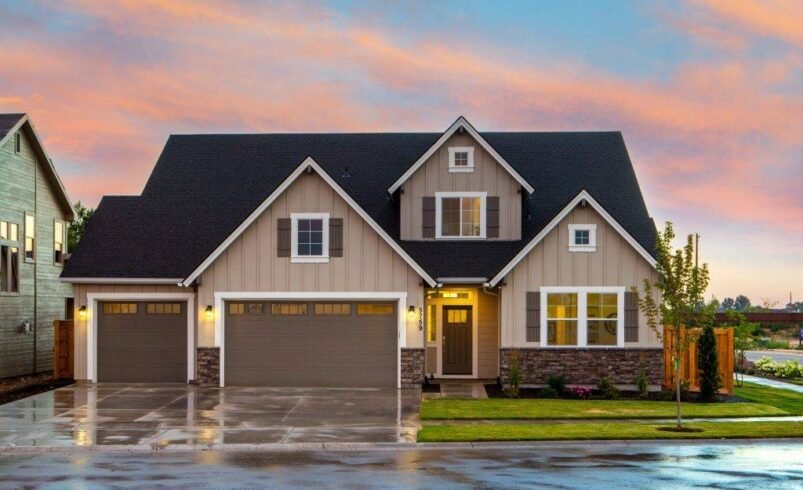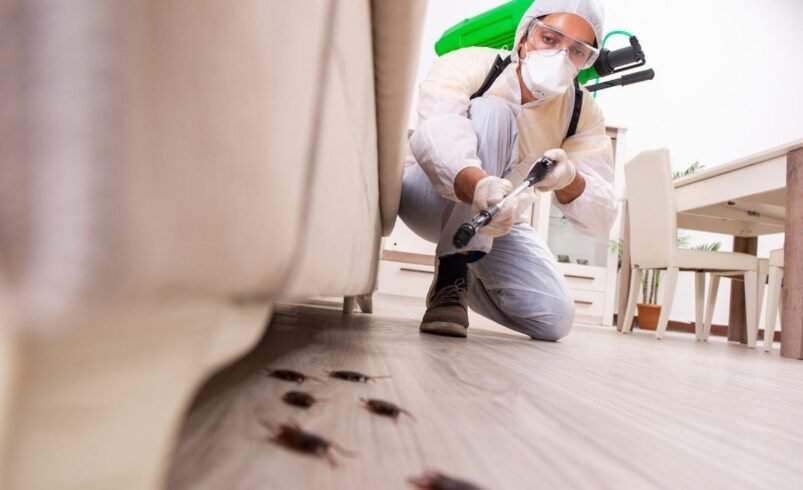Historic Roofing Styles in the Triad: Preserving the Charm of Archdale, High Point, and Burlington

The Triad region of North Carolina, which encompasses Archdale, High Point, and Burlington, is rich in history and architectural charm. Strolling through the neighborhoods in these cities is like stepping back in time, with historic homes and buildings showcasing a variety of classic roofing styles. These roofs not only protect the homes beneath them but also serve as a testament to the area’s vibrant history and evolving architectural tastes.
Preserving the unique character of these historic roofs is essential for maintaining the charm of the Triad. Let’s explore the history behind these roofing styles, how they’ve shaped the character of Archdale, High Point, and Burlington, and what steps homeowners can take to honor and maintain this architectural legacy.
The History Behind Roofing Styles in the Triad
Colonial and Early American Influence
The roots of the Triad’s architectural history can be traced back to the 18th century when settlers brought simple, functional designs to the region. In Archdale, roofing styles from this period often included steeply pitched gable roofs, designed to shed heavy rainfall efficiently. Materials like wood shingles were common, sourced locally from abundant forests.
The influence of Colonial and Early American architecture can still be seen today in restored homes and historic districts. Many homeowners in Archdale have made efforts to replicate or maintain these original roofing styles, emphasizing authenticity and historical accuracy.
Victorian in High Point
As High Point grew into a manufacturing hub in the late 19th and early 20th centuries, Victorian-style homes with ornate detailing became a prominent feature of the city’s architectural landscape. These homes often featured steep, intricate roofs with dormers, turrets, and decorative shingles. Slate became a popular roofing material during this time due to its durability and elegant appearance.
Modern roofing solutions in High Point honor these historic styles by combining period-accurate designs with durable materials, ensuring the city’s architectural heritage is preserved for future generations.
Burlington’s Bungalow
Burlington’s history reflects the influence of the Arts and Crafts movement in the early 20th century, which gave rise to charming bungalows with low-pitched roofs and overhanging eaves. These roofs were often covered with asphalt shingles, a material that became widely available during this period.
Today, many Burlington roofing projects aim to preserve the classic look of these bungalows while using modern materials that offer better energy efficiency and longevity.
Preserving Historic Roofing Styles
Maintaining the integrity of historic homes and their roofs is a labor of love for many homeowners in the Triad. While modern roofing materials and techniques offer convenience and durability, it’s important to strike a balance between preserving historical accuracy and meeting current building standards. Here are a few tips for preserving and restoring historic roofs:
- Conduct Regular Inspections
Historic roofs are often more susceptible to wear and tear due to their age. Regular inspections by professionals familiar with historic properties, such as those specializing in Burlington roofing, can identify issues early and prevent costly repairs. - Use Period-Appropriate Materials
When restoring a historic roof, it’s essential to use materials that match the original design as closely as possible. For example, wood shingles or slate tiles may be appropriate for Colonial or Victorian homes in High Point, while asphalt shingles might be better suited for bungalows in Burlington. - Hire Local Experts
Roofing professionals with experience in the Triad, like those specializing in Archdale Roofing High Point, understand the unique needs of historic properties in the area. They can recommend materials and techniques that align with the region’s architectural heritage. - Incorporate Modern Advancements Thoughtfully
While preserving historical accuracy is important, homeowners should also take advantage of modern advancements that enhance durability and energy efficiency. For instance, synthetic slate offers the aesthetic appeal of traditional slate without the high maintenance requirements.
The Role of Roofing in the Triad’s Charm
Roofs play a significant role in defining the character and charm of historic homes. The steep gables of Colonial homes in Archdale, the intricate patterns of Victorian roofs in High Point, and the welcoming overhangs of Burlington bungalows all contribute to the visual appeal of these cities. Each roof tells a story of the era in which it was built, providing a tangible connection to the past.
The preservation of these historic roofing styles not only enhances the curb appeal of individual properties but also contributes to the cultural and historical identity of the Triad as a whole. By maintaining these architectural treasures, residents and local roofing experts ensure that the beauty and history of Archdale, High Point, and Burlington remain intact for future generations to appreciate.
Honoring the Past, Building for the Future
As the Triad continues to grow and evolve, the preservation of historic homes and their roofing styles becomes even more important. Homeowners in Archdale, High Point, and Burlington have the unique opportunity to celebrate the architectural heritage of their communities by investing in thoughtful restoration and maintenance.
Whether it’s the steeply pitched roofs of Archdale, the intricate Victorian designs in High Point, or the cozy bungalows of Burlington, the region’s historic roofs are a testament to the craftsmanship and creativity of the past. By working with skilled professionals and using period-appropriate materials, homeowners can ensure that the Triad’s architectural legacy endures for years to come.
Preserving the charm of these historic roofing styles is not just about honoring the past—it’s about building a future that values the beauty and significance of our shared heritage.
By appreciating and maintaining the roofing styles that define the Triad’s architectural history, we can all contribute to preserving the unique character of Archdale, High Point, and Burlington. Each roof is more than just a shelter—it’s a piece of the region’s story.



